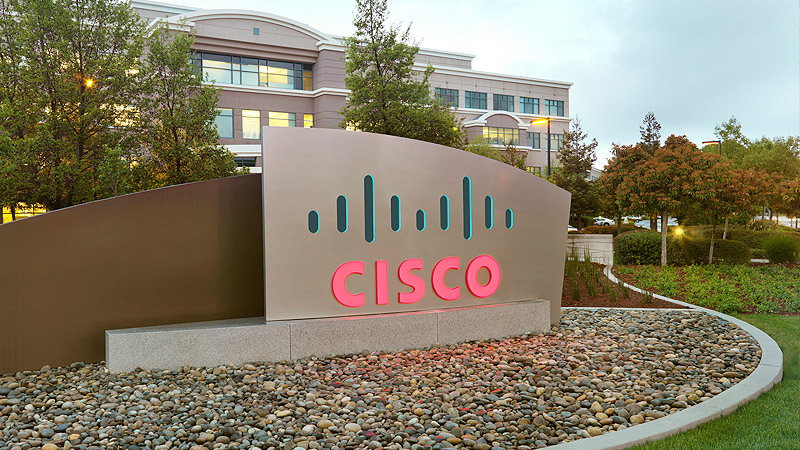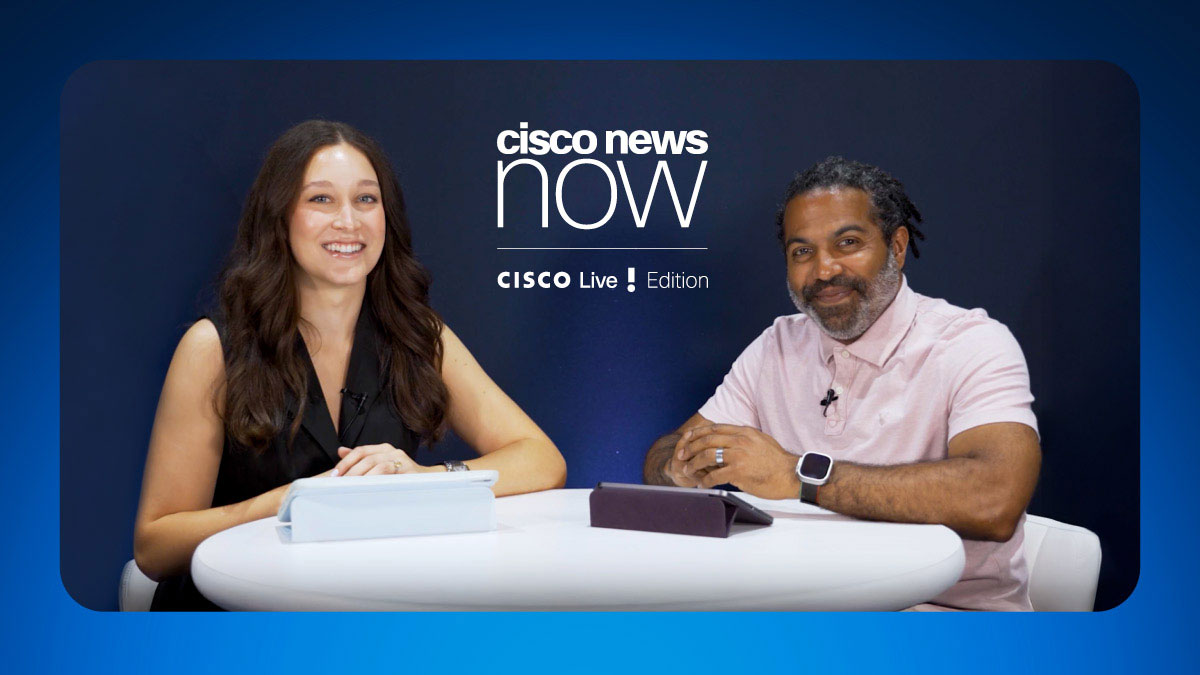SAN JOSE, Calif., December 1, 2004 - Cisco Systems® today announced the addition of business-quality videoconferencing capabilities to its Cisco® MeetingPlace® rich-media conferencing solution.
The new Cisco MeetingPlace 5.3, a core component of the Cisco Internet Protocol (IP) Communications system, now integrates voice, video and Web conferencing to make remote meetings as natural and effective as face-to-face meetings. The solution integrates with Cisco IPVC videoconferencing and Cisco CallManager-based video telephony for a complete rich-media communications solution that provides simplified meeting set-up and attendance along with advanced voice, video and Web conferencing capabilities and control.
The U.S. Department of Energy's Energy Sciences Network (ESnet), managed by Lawrence Berkeley National Laboratory, has been using Cisco MeetingPlace for seven years as part of its global collaboration environment supporting research sponsored by the Department of Energy. ESnet users include scientists at research institutions and universities around the world working on projects ranging from global climate change to astrophysics.
"We have been using Cisco MeetingPlace 5.3 on a trial basis for a few months and are pleased with how well it integrates voice, video and Web conferencing," said, Clint Wadsworth, ESnet collaboration specialist. "It's important that our users be able to set up, attend and manage meetings quickly and easily. Since ESnet users are widely dispersed and rarely able to meet face-to-face, providing a single solution that includes video as well as voice and Web conferencing can help them to establish closer working relationships and collaborate more effectively in addressing some of the world's most challenging scientific problems."
Cisco MeetingPlace 5.3 delivers a superior user experience by providing intuitive interfaces that make setting up, attending and managing meetings easy. In a single step, meeting organizers can set up voice, video and Web conferencing resources from a Web interface, instant messaging client, phone and Microsoft Outlook or Lotus Notes calendars. Meeting invitees automatically receive a notification by e-mail or calendar invitation and can attend the voice, video and Web components of their meeting with a single click. Meeting participants have control over the voice, video, and Web conference from a single browser interface. This simple-to-use model eliminates the barriers associated with traditional conferencing, leading to rapid adoption and realization of productivity benefits.
"Organizations are increasingly turning to videoconferencing to communicate more effectively and to improve productivity," said Andrew W. Davis, managing partner of Wainhouse Research. "Cisco MeetingPlace 5.3 ties together Cisco's video telephony, videoconferencing and voice and web conferencing offerings to provide a compelling solution that makes rich-media conferencing part of everyday business communications."
Cisco Rich-Media Communications
Rich-media communications helps organizations deliver the cost savings and productivity potential that are driving the move to converged IP networks. Cisco offers a suite of rich-media communications solutions, including Cisco MeetingPlace, Cisco video telephony, Cisco IPVC and IP video broadcasting. These solutions enable a range of meeting applications from ad-hoc video phone calls to highly collaborative internal project meetings to presentations and events.
List Pricing and Availability
Cisco MeetingPlace 5.3 is available now. The Cisco MeetingPlace video integration option is US $17,995 per system and enables integration with the Cisco IPVC 3500 Series video Multipoint Control Unit. Cisco MeetingPlace systems start at $69,995 for 30 conferencing ports and support both IP and time-division multiplexing (TDM) interfaces.
For more information about these products, please visit: http://www.cisco.com/go/IPCnew.
About Cisco IP Communications
Cisco IP Communications is a comprehensive system of enterprise-class solutions including IP telephony, unified communications, rich-media audio, video and Web conferencing, IP video broadcasting and customer contact solutions that take advantage of a customer's existing Cisco IP infrastructure to deliver new, converged applications. IP telephony is a subcategory of IP Communications and describes core, IP-based voice solutions including: IP phones, IP private branch exchange (PBX) systems, voice applications and infrastructure.
Voice over IP (VoIP) defines a way to carry voice calls over an IP network including the digitization and packetization of voice streams. IP Communications uses the VoIP standards to create a telephony system where higher level features such as advanced call routing, voice mail, contact centers can be utilized. Although these communications can technically be accomplished using public Internet services, business use managed, private or virtual private networks (VPNs) to help ensure the quality and security of the communications. More information about Cisco IP Communications is available at: www.cisco.com/go/IPCnew



